🧬 🔬 💉
Review synthesizes research on NK cells’ role in cancer immunity and their potential in therapeutics through bioengineering, immune checkpoint inhibitors, and cell engagers, highlighting ongoing preclinical and clinical trials.
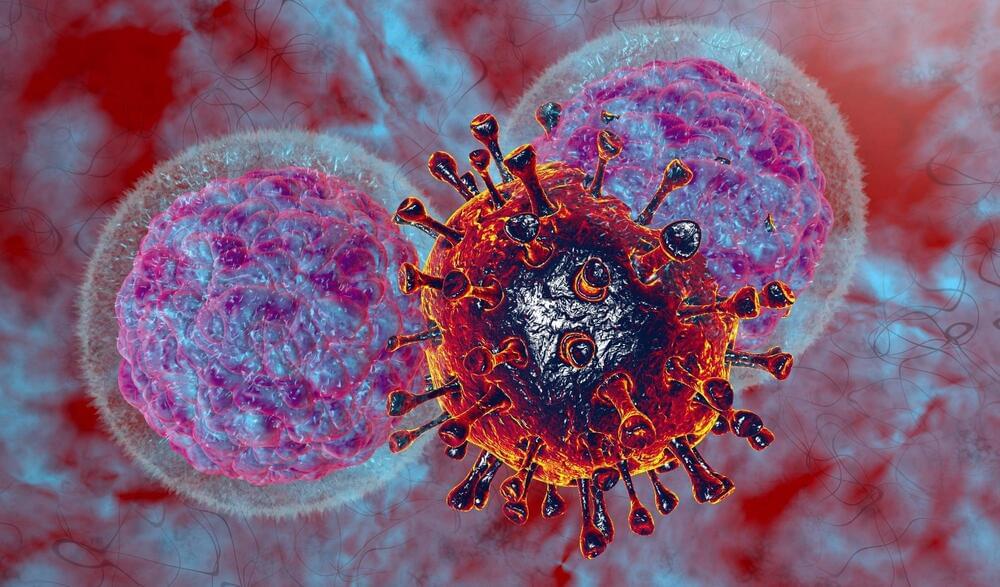

“We create the lowest power performance technology,” said Dipti Vachani, senior VP and general manager for Arm’s automotive business, in an interview, “so that Nuro can then take advantage of all that AI software.”
Nuro was founded in 2016 by Dave Ferguson and Jiajun Zhu, two veterans of the Google self-driving car project that would go on to become Waymo. It is one of the few companies operating fully driverless vehicles — that is, vehicles without safety drivers behind the wheel — on public roads today.

In 1940, 12 years after Alexander Fleming discovered penicillin, microbiologists made a concerning discovery: a strain of the bacteria Escherichia coli had developed resistance to the new, life-saving drug. Antibiotic resistance of disease-causing bacteria is now a global problem, with bacteria continually evolving mechanisms that prevent such drugs from killing the organisms or inhibiting their growth. Now Vanderlei Bagnato of the University of São Paulo and his colleagues have developed a light-based approach that could help reduce this trend in a Staphylococcus bacterium that can cause skin infections and pneumonia [1]. The researchers presented their technique at the recent SPIE Photonics West 2024 conference in San Francisco.
If the current trend continues, epidemiologists predict that the number of people infected by antibiotic-resistant bacteria will reach 225 million worldwide by 2030. By 2050 these bacteria will cause 10 million deaths annually. Studies show that infections acquired in hospital are increasingly prone to this problem. “People are dying every day in [intensive care wards] from resistant bacteria. If someone acquires pneumonia, and antibiotics don’t work, they’re in trouble,” Bagnato says.
One route to tackling antibiotic resistance is to develop new drugs, which is a costly process. Another route—and one that is becoming increasingly popular—is to inhibit antibiotic-eluding mechanisms that a bacterium develops as it evolves. This inhibition can be achieved using light, a process those in the field call photodynamics, and the route Bagnato and his colleagues have taken. “We’re using photodynamics to reverse resistance so that antibiotics can act again,” he says.
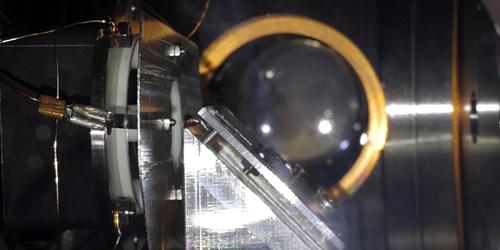
The goal of the AEgIS Collaboration at CERN in Switzerland is to measure the effect of Earth’s gravitational field on antimatter—specifically, antihydrogen atoms. Antihydrogen is produced using positronium—which consists of an electron and a positron bound together—and the colder the positronium, the faster the antihydrogen production rate. Accordingly, AEgIS researchers have spent the past four years trying to develop a way to cool positronium. Now, with their first demonstration of positronium laser cooling, they have succeeded [1].
Laser-cooling positronium is a much tougher undertaking than laser-cooling regular atoms. Positronium can only survive for 140 nanoseconds before annihilating, even in ultrahigh vacuum. Moreover, the relevant transition frequency for positronium cooling is in the deep ultraviolet, where laser technology remains relatively undeveloped.
The AEgIS Collaboration designed a custom laser system that uses the mineral alexandrite as the lasing medium. Alexandrite-based lasers emit at deep-ultraviolet wavelengths, but devices that meet the intensity and pulse-length requirements for positronium cooling are not commercially available. The researchers also had to overcome another major hurdle: to avoid the loss of positronium atoms during the cooling process, any external electric and magnetic fields had to be eliminated. As a result, the electrostatic equipment used for manipulating the positronium had to be capable of being switched off in a matter of nanoseconds.
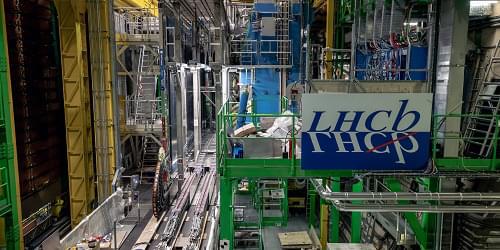

The atomic bombing of Hiroshima, Japan, by the United States in August 1945 was not only devastating at the time, resulting in the deaths of hundreds of thousands of people, but it has had long-standing impacts to the present day, particularly the elevated incidence of cancer from radiation.
Continued research of Hiroshima Bay has uncovered a new kind of debris from the fallout, known as Hiroshima glasses. These formed from vaporized materials of the bomb and the surrounding landscape and infrastructure being targeted.
New research published in Earth and Planetary Science Letters has analyzed the chemical and isotopic compositions of these glasses to ascertain their formation process during the nuclear event.
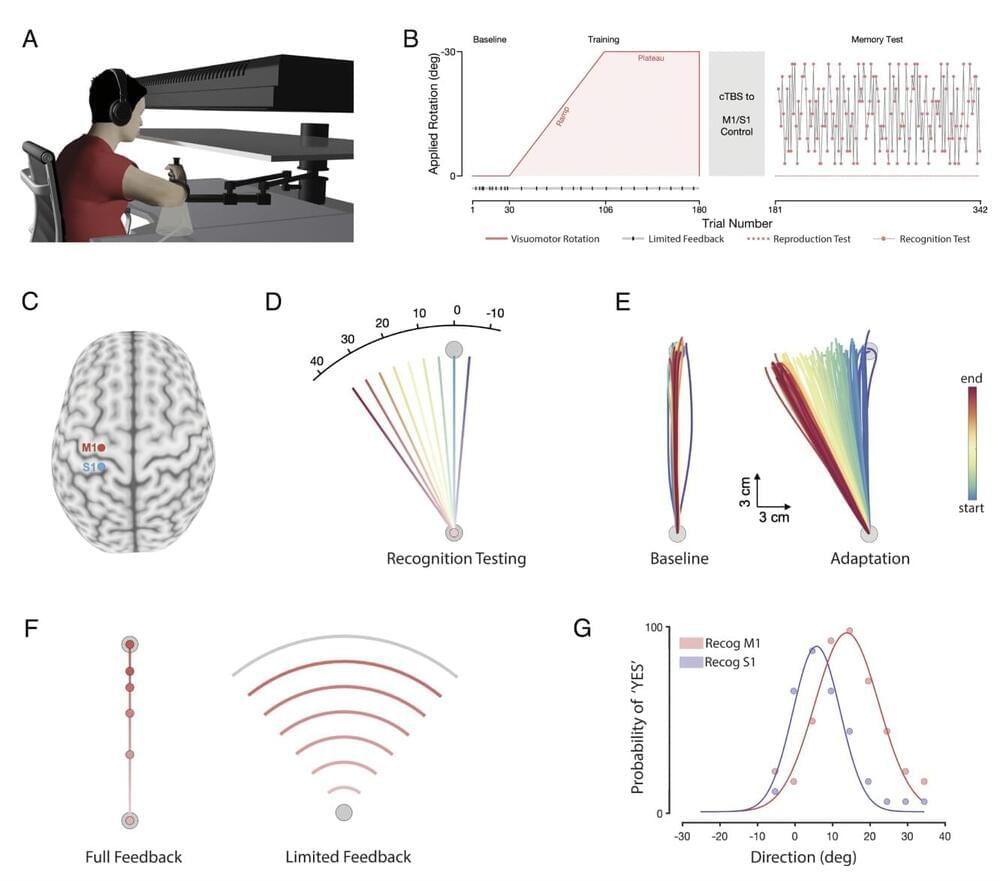
The somatosensory cortex is a brain region known to play a role in the detection of tactile information, changes in temperature, and pain sensations. Some recent studies found that this crucial brain region is also involved in the human ability to learn and retain new motor skills.
Despite initial findings hinting at the involvement of the somatosensory cortex in motor learning, the nature of its involvement remains poorly understood.
Researchers at University of Pittsburgh Brain Institute recently carried out a study aimed at better understanding the contributions of the somatosensory cortex to the learning and retention of new movements. Their findings, published in Proceedings of the National Academy of Sciences, suggest that the somatosensory cortex could be specifically responsible for encoding new sensory targets or, in other words, learning-adapted sensory states.

A chemical compound essential to all living things has been synthesized in a lab in conditions that could have occurred on early Earth, suggesting it played a role at the outset of life, finds a new study led by University College London researchers.
The compound, pantetheine, is the active fragment of Coenzyme A. It is important for metabolism—the chemical processes that maintain life. Earlier studies failed to synthesize pantetheine effectively, leading to suggestions that it was absent at life’s origin.
In the new study, published in the journal Science, the research team created the compound in water at room temperature using molecules formed from hydrogen cyanide, which was likely abundant on early Earth.
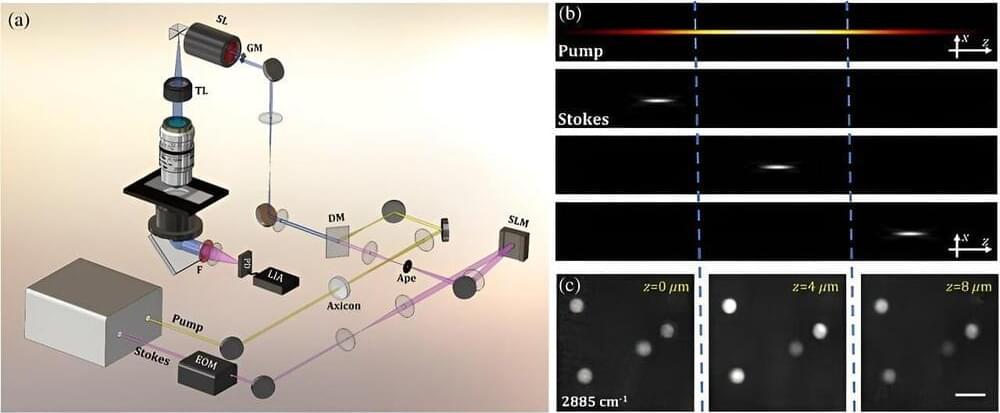
Understanding complex biological and biomedical systems is greatly aided by 3D imaging, which provides much more detailed information than traditional two-dimensional methods. However, live cell and tissue imaging remain challenging due to factors like limited imaging speed and significant scattering in turbid environments.
In this context, multimodal microscopy techniques are notable. Specifically, nonlinear techniques like CRS (coherent Raman scattering) use optical vibrational spectroscopy, providing precise chemical imaging in tissues and cells in a label-free way.
Furthermore, stimulated Raman scattering (SRS) microscopy, a CRS method, can accurately capture images of biomolecules due to the linear relationship between stimulated Raman intensity and the concentration of target molecules. It does so with high sensitivity and without interference from unwanted nonresonant backgrounds.
AEgIS is one of several experiments at CERN’s Antimatter Factory producing and studying antihydrogen atoms with the goal of testing with high precision whether antimatter and matter fall to Earth in the same way.
In a paper published today in Physical Review Letters, the AEgIS collaboration reports an experimental feat that will not only help it achieve this goal but also pave the way for a whole new set of antimatter studies, including the prospect to produce a gamma-ray laser that would allow researchers to look inside the atomic nucleus and have applications beyond physics.
To create antihydrogen (a positron orbiting an antiproton), AEgIS directs a beam of positronium (an electron orbiting a positron) into a cloud of antiprotons produced and slowed down in the Antimatter Factory. When an antiproton and positronium meet in the antiproton cloud, the positronium gives up its position to the antiproton, forming an antihydrogen.